WEISTINGHOUSE 5X00105G14
The Westinghouse 5X00105G14 is a product that falls under the category of electrical supply equipment. Here is some information and parameters about this product:
- Model: 5X00105G14
- Manufacturer: Westinghouse
- Product Type: Electrical supply equipment
- Compatibility: Suitable for various applications requiring electrical supply
- Voltage Rating: The specific voltage rating may vary depending on the model and configuration chosen. It is recommended to refer to the product manual or contact the manufacturer for accurate voltage rating details.
- Current Rating: The specific current rating may vary depending on the model and configuration chosen. It is recommended to refer to the product manual or contact the manufacturer for accurate current rating details.
- Material: The product is typically constructed using high-quality materials to ensure durability and reliability.
- Features: The Westinghouse 5X00105G14 may include features such as overload protection, short circuit protection, and surge protection to safeguard connected devices.
- Dimensions: The specific dimensions may vary depending on the model and configuration chosen. It is recommended to refer to the product manual or contact the manufacturer for accurate dimension details.
- Weight: The specific weight may vary depending on the model and configuration chosen. It is recommended to refer to the product manual or contact the manufacturer for accurate weight details.
- Certifications: The product may have undergone testing and certifications to meet industry standards for safety and performance. It is recommended to refer to the product manual or contact the manufacturer for accurate certification details.
- Warranty: The Westinghouse 5X00105G14 may come with a manufacturer’s warranty to cover any defects or malfunctions within a specified period. It is recommended to refer to the product manual or contact the manufacturer for accurate warranty details.
Please note that the provided information is a general overview, and for specific details about the Westinghouse 5X00105G14 product, it is recommended to refer to the product manual or contact the manufacturer directly.
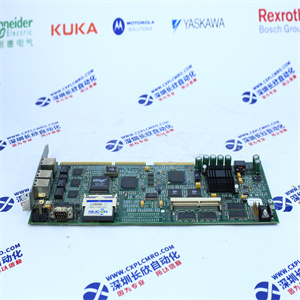
Pair KLA-Tencor 525227 AB AIT 2 Video Switch Working
KLA-Tencor CRS1010 Solenoid PCB 000678T working
KLA-Tencor CRS1010 A-Stop Control PCB 001002 working
KLA-Tencor CRS1010 Lens Filter Assy.000056 working
KLA-Tencor AIT APS Tower/Center Block 0071149-001 Used
KLA-Tencor CRS1010 Filter Wheel Drv.PCB 000674 working
KLA-Tencor NEAT CRS1010 200mm Wafer Stage Controller
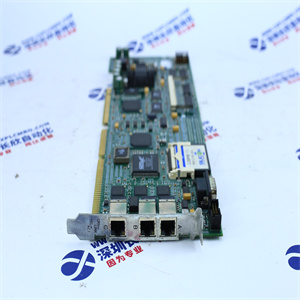
The constant voltage frequency ratio control method for permanent magnet synchronous motors is similar to the constant voltage frequency ratio control method for AC induction motors.It controls the amplitude and frequency of the motor input voltage to change simultaneously,resulting in a constant magnetic flux of the motor.The constant voltage frequency ratio control method can adapt to the requirements of a wide range of speed control systems.
The biggest advantage of the constant voltage frequency ratio control method is that it can still achieve a certain control accuracy without feedback on physical signals such as current,voltage,or position.The constant voltage frequency ratio control method has a simple control algorithm and low hardware cost,and has been widely used in the field of general frequency converters.The disadvantages of the constant voltage frequency ratio control method are also obvious.Due to the lack of feedback on speed,position,or any other signals during the control process,it is almost impossible to obtain the operating status information of the motor,let alone accurately control the speed or electromagnetic torque.The system performance is average,and the dynamic response is poor,especially when the given target speed changes or load suddenly changes,it is easy to cause problems such as out of step and oscillation.Obviously,this control method cannot control torque and excitation current separately,and there may be large excitation current during the control process,which affects the efficiency of the motor.Therefore,this control method is commonly used in general frequency converters with lower performance requirements,such as air conditioning,conveyor belt drive control in assembly lines,energy-saving operation of water pumps and fans,etc.
Direct Torque Control Technology of Permanent Magnet Synchronous Motor
Direct Self Control(DSC)constructs flux and electromagnetic torque models on the stator stationary coordinate system,and controls the electromagnetic torque and stator flux by applying different voltage vectors.The direct torque control method has the advantages of simple algorithm and good torque response,therefore,it has been widely used in situations where high transient torque response is required.
Due to the inherent drawbacks of control,the direct torque control method has low control frequency and large torque ripple at low speeds.Therefore,reducing torque ripple at low speeds has become a research hotspot in direct torque control methods.Sun Xiaohui et al.optimized the voltage vector action time to reduce torque ripple at low speeds,achieving good results.D.Casadei et al.applied the direct torque control method to the control of AC induction motors based on discrete space vector modulation technology,reducing torque ripple.
Vector Control Technology of Permanent Magnet Synchronous Motor
Vector control technology was born in the early 1970s.The vector control system of permanent magnet synchronous motor refers to the control strategy of DC motor,and uses coordinate transformation to decompose the collected three-phase stator current,flux,and other vectors of the motor into two components according to the direction of the rotor flux,which is a rotating vector.One is along the direction of the rotor flux,called the direct axis excitation current;The other perpendicular to the direction of the rotor flux is called the quadrature axis torque current.Adjust the excitation current and torque current according to different control objectives,thereby achieving precise control of speed and torque,and achieving good steady-state and dynamic response characteristics of the control system.
According to different control objectives,vector control algorithms for permanent magnet synchronous motors can be divided into the following types:id=0 control,maximum torque/current control,weak field control,etc.These performance indicators can be achieved through independent control of the direct axis excitation current and the quadrature axis torque current

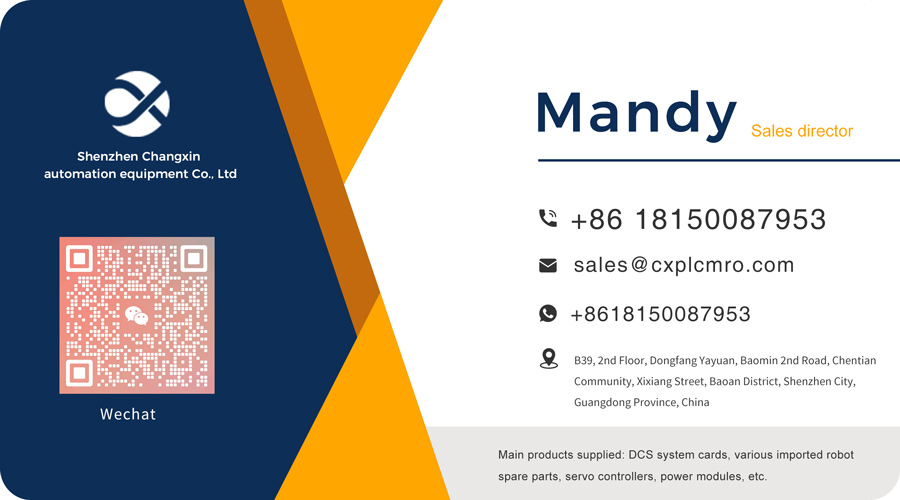

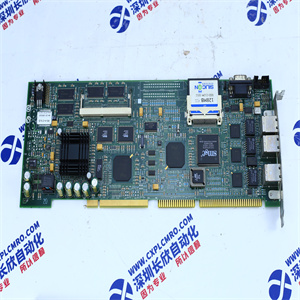
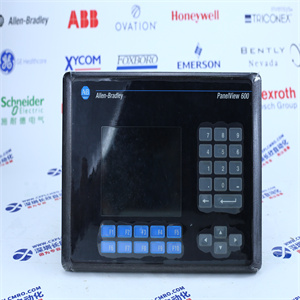
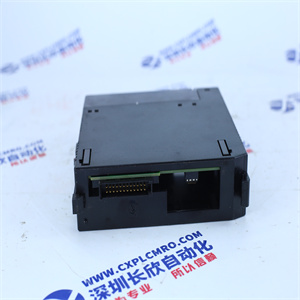
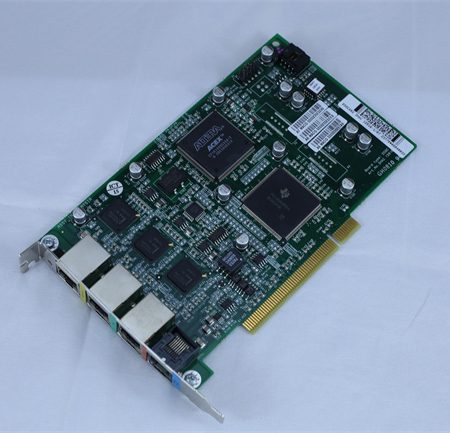
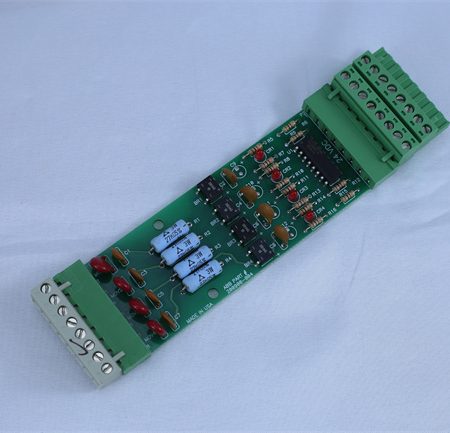
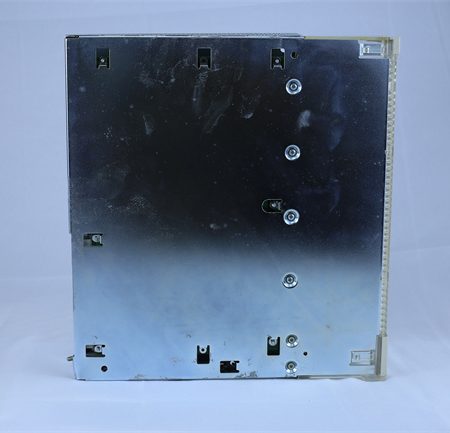
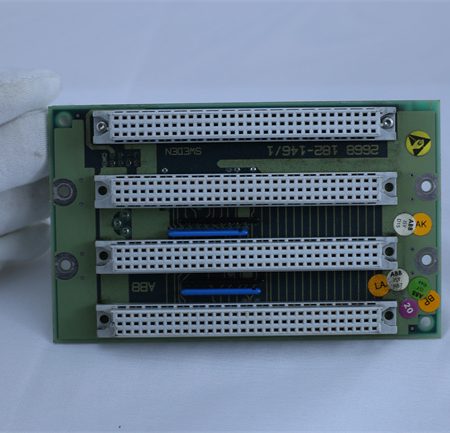
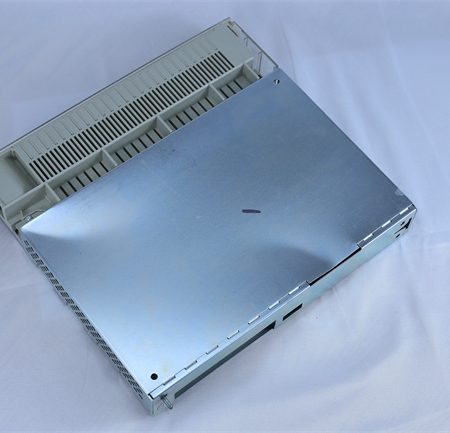
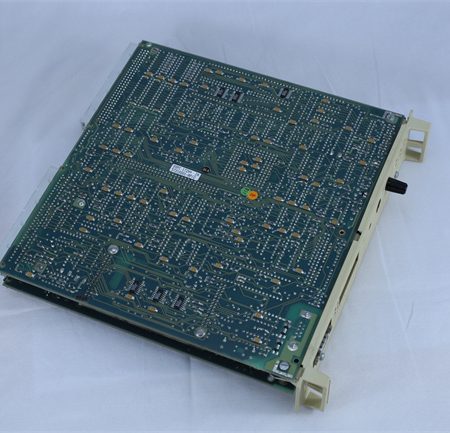
Reviews
There are no reviews yet.